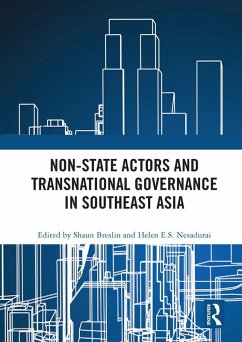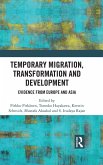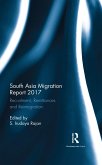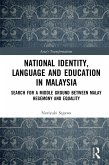The chapters in this volume reveal variations in the architecture of transnational governance, why they emerge, the modes of social co-ordination through which they work to shape actor behaviour and achieve impact, their normative implications, and how these governance schemes intersect with state and national regulatory frameworks. The authors point to the importance of looking beyond arrangements established through intergovernmental mechanisms in order to gain a full understanding of how international interactions are organised in Southeast Asia.
This book was originally published as a special issue of the Journal of Contemporary Asia.
Dieser Download kann aus rechtlichen Gründen nur mit Rechnungsadresse in A, B, BG, CY, CZ, D, DK, EW, E, FIN, F, GR, HR, H, IRL, I, LT, L, LR, M, NL, PL, P, R, S, SLO, SK ausgeliefert werden.









